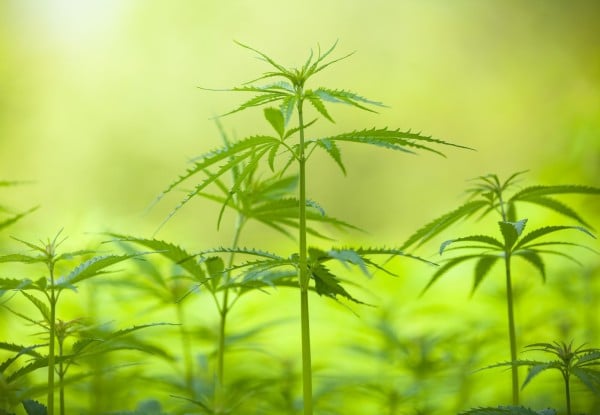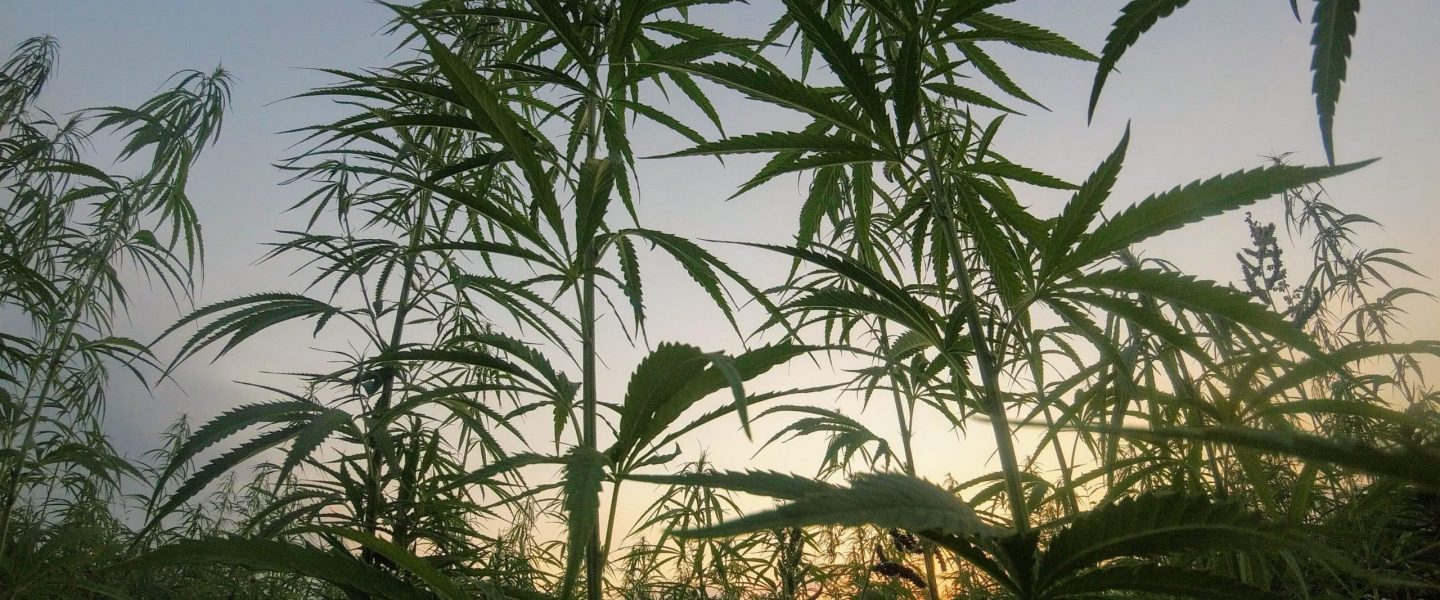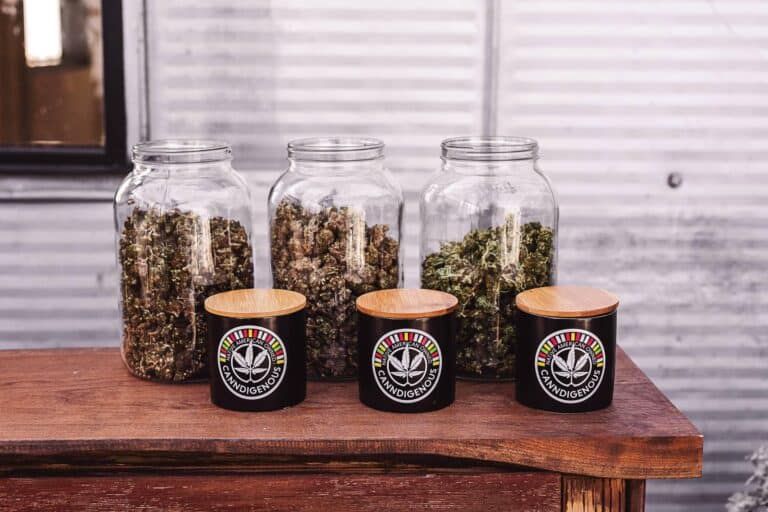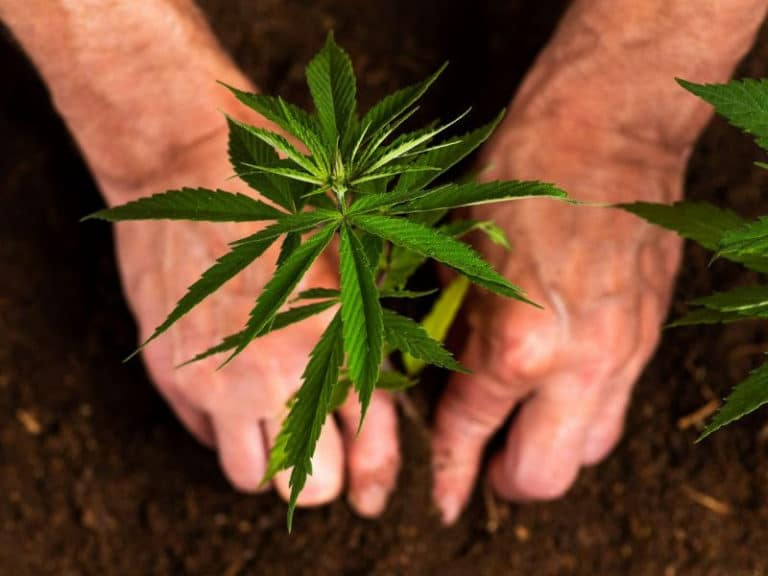
By Heather Ritchie
Cannabis has had a rather controversial reputation in the United States. Buried by bureaucracy, it’s just now digging its way out from under antiquated laws and ridiculous accusations. Now we’re struggling with re-learning the science behind the plant that our ancestors used as a therapeutic agent for thousands of years.
The Global History of Cannabis
Hemp and cannabis were the most valuable plants or crops in many cultures around the world in historical times. Archaeologists in Czechoslovakia discovered the earliest evidence of the use of these plants when they found a hemp rope in 1997 that dated back to 26,900 BC.
China-Central Asia
Further evidence proves that cannabis was essential to the Chinese culture. Botanists agree that its origins date back to approximately 5000 BC in Central Asia. The Yangshao Chinese people ate the seeds and used the stems for making cloth, paper, and rope. The flowers, roots, and leaves served medicinal and ceremonial purposes. Cannabis also provided a solid base for their economy. It’s the oldest, most versatile and useful plant ever in human history.
In 2900 BC, the Chinese Emperor Fu Hsi described using cannabis as medicine, and around 2737 BC, Chinese Emperor Shen Nung unlocked its primary healing attributes1. Archaeologists also found clothing and pottery made from hemp dating back to this period.
As illustrated, cannabis medicine was used centuries before the first written record of it. Cannabis is referenced in writing for the first time in the Chinese Pharmacopeia, the Rh-Ya during the 1500s BC.
India
The first concentrate was a drink called Bhang. Created in India around 1000-1500 BC, it contained milk, cannabis, and spices that were ground into a paste. Bhang was used to treat some illnesses and as an anesthetic.
In approximately 700 BC, cannabis was described as the most essential plant used for medicine. It was written about in Vendidad, part of an ancient text written by Zoroaster.
100 years later, cannabis would be used to treat leprosy in India. Fast forward four centuries and hashish, dark-colored resinous bars, gained in popularity and migrated all over Europe with travelers and traders.
Egypt
Even the Egyptians used cannabis for inflammation, glaucoma, and as enemas. Archaeologist found cannabis pollen on Ramesses II’s mummy who died in 1213 BC. It took years to decipher some of the hieroglyphs in ancient tombs and buildings in Egypt, but cannabis was referenced in several medical scripts such as, “The Ramesseum III Papyrus (1700 BC), Eber’s Papyrus (1600 BC), The Berlin Papyrus (1300 BC), and The Chester Beatty VI Papyrus (1300 BC).”
Other Cultures
Ancient Greeks used cannabis as a medical solution for edema, inflammation, and earache. There is even a reference in the New Testament Bible that “Jesus anointed his disciples with a potent entheogenic [psychoactive substance] oil sending out the 12 apostles to do the same [around the year 30 AD.”
There are Roman medical documents that acknowledge using cannabis to suppress sexual activity and help earaches. Around 1500 AD, Muslim doctors also used cannabis to suppress sexuality. Hemp was used in the Middle Ages and was a common plant used by herbalists.
Cannabis’s Role in Early Colonization and American Culture
Cannabis was introduced into Western medicine in the 19th century with its popularity peaking in the late 1800s2. Creative extracts and tinctures were sold for a variety of medical issues, but consistent results were difficult to obtain.
Before that, however, the new settlers of Jamestown brought hemp with them in 1611. The fiber made from it was a vital export for the colony and those that didn’t produce it were penalized. Even George Washington grew hemp. His diaries and ledgers revealed that he grew hemp for industrial uses like making rope and thread.
Interestingly enough, Mount Vernon planted industrial hemp in the spring of 2018 in collaboration with the University of Virginia. It was approved for research purposes, and to accurately convey and understand Washington’s farming role. It will be used to tell his story with live demonstrations at the plantation’s farm.
Cannabis is Banned
So, why was cannabis banned? It clearly held an important role in many cultures and societies for thousands of years. The short answer? Certain people in critical roles played on the fears that cannabis was causing trouble.
After the Mexican Revolution at the beginning of the 1900s, there was a stream of immigrants from Mexico into Louisiana and Texas. The Mexican immigrants brought customs with them that included the use of cannabis for medicinal purposes. Americans were familiar with cannabis, but the immigrants referred to it as “marihuana,” and this was an unknown term to them.
Propaganda
Soon, the media began inciting fear and spreading rumors that the immigrants were dangerous and had strange cultural practices like the mysterious “marihuana.” Unbeknownst to them, it was something many also had in their homes. The government used cannabis as a reason to detain the Mexican immigrants and deport them. From there it escalated.
A film called Reefer Madness was released in 1936, and it was about appalling acts that teenagers did after smoking cannabis. This movie portrayed the herb as a gateway drug that caused teenagers to hallucinate, rape, and murder. It was completely unrealistic, but it paved the way for The Marijuana Tax Act of 1937.
The propaganda succeeded in villainizing a plant essential in treating severe medical conditions and stunted America’s research on its therapeutic properties. The media focused on presenting it as a precursor to using other drugs like heroin and morphine.
Harry Anslinger
The Marijuana Tax Act of 1937 banned the sale and use of cannabis and was based on false notions that the plant caused “men of color to become violent and solicit sex from white women.” The U.S. has Harry Anslinger to thank for cannabis prohibition. The prohibition of alcohol was just fading as he was appointed to be the first commissioner of the Federal Bureau of Narcotics. It was the predecessor to the DEA and started the first crusade against drugs in America.
Before he was appointed, Anslinger didn’t think cannabis was much to worry about, but his stance soon changed after his appointment to power. Believing that he held a weak position, he felt that war against narcotics just wasn’t enough. He used racism and the idea that things like jazz music were created by evil people high on cannabis.
Passed in 1952, The Boggs Act created specific sentencing requirements for drug convictions. For a simple first offense of drug possession, you could receive two to five years in jail and a fine of up to $2,000. This included possession of cannabis.
Then, as the 1960s and 1970s sparked rebellion in the younger generation of white people, they resisted what society thought that they should do and emphasized a period of love and peace. The Controlled Substances Act of 1970 was passed by the controversial President Nixon. It created the drug schedules making cannabis a schedule I drug along with LSD, heroin, and ecstasy even though The Schafer Commission stated after their study that the plant should not be a schedule I drug.
Making Up for Lost Time
For years, cannabis cultivation and scientific innovations remained hidden in the black market until 1996 when California approved its use for medicinal purposes. Despite more states legalizing medical and recreational cannabis and its obvious use as a viable medical solution for many illnesses, it remains federally illegal.
This plant was essential to human evolution; however, the science was repressed for so long that many of its applications and the science surrounding it was lost. This new revolution is the resurrection of ancient medicinal practices.
References:
- Aggarwal et al. Medicinal use of cannabis in the United States: historical perspectives, current trends, and future directions.Journal of Opioid Management 2009;5(3): 153-168.
- Zuardi, Antonio. History of cannabis as a medicine: a review.Rev Bras Psiquiatr 2006;28(2): 153-7.
.







